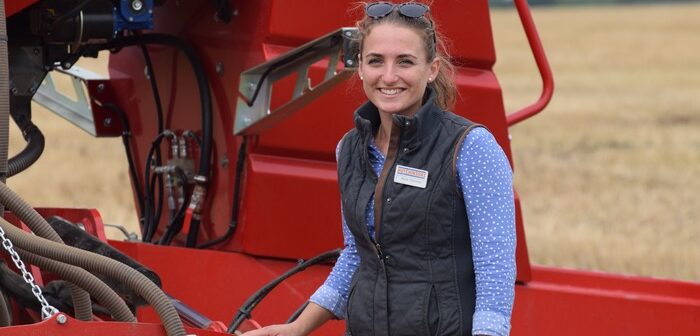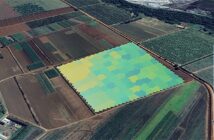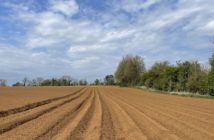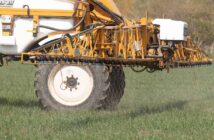With OSR crops in such varying levels of growth and development across the country, clear decisions need to be made on how to manage the crop, or in some cases decide if it is worth further investment, is the advice from leading crop production specialists Hutchinsons.
Alice Cannon, regional technical support manager based in Lincolnshire, is seeing a picture of thirds .”One third of the crop looks fantastic, it has had a good start, got its roots down early and wasn’t sown at too high a seed rate, so has branched out and has strong stems – these crops are really starting to motor and we are seeing growth of about a foot in just a week,” she says.
“The second scenario which she believes describes the majority of crops, is where the crop was relatively late drilled, is still sitting compactly and just beginning to show signs of branching out and elongating.”
Cabbage stem flea beetle
“Finally, there are those crops that looked well coming out of January but have since been devastated by CSFB or Rape winter stem weevil. Unfortunately for crops in this situation, it is important to question the viability of the crop going forward with regards to additional input costs particularly considering where market prices currently sit,” she says.
AHDB research shows there are five main considerations that contribute to high yields in OSR; four of these are managed through manipulation of the crop so should be taken into account when deciding how to manage the crop going forward, she notes.
“Nitrogen and PGR’s are the best tools for manipulating canopy size.”
“Firstly aim for a GAI of 3.5 at flowering for the right number of pods – this is the primary function of the PGR and a 5cm reduction in height can be easily achieved. PGR applications also help to promote more even and well-structured branching.”
This season’s management
“For those crops that are slightly backward, with a GAI less than 0.8, there is no reason to use a PGR.” Alice points out that these crops can be manipulated through nutrition, particularly N,P, Zn.
“However, crops with a GAI of 0.8 or above, are considered to be forward and these crops should be treated with 0.75l/ha -1l/ha metconazole + mepiquat chloride or 0.5l/ha trinexapac-ethyl,” she says.
“Crops in this situation will need 1-1.2l/ha metconazole + Mepiquat chloride, adding in metconazole (0.08l/ha Metfin 90 per crop leaf).”
“ An alternative is 0.5l/ha trinexapac-ethyl plus tebuconazole and/or metconazole or 0.7l/ha trinexapac-ethyl on its own (non-PGR fungicide added for disease).”




